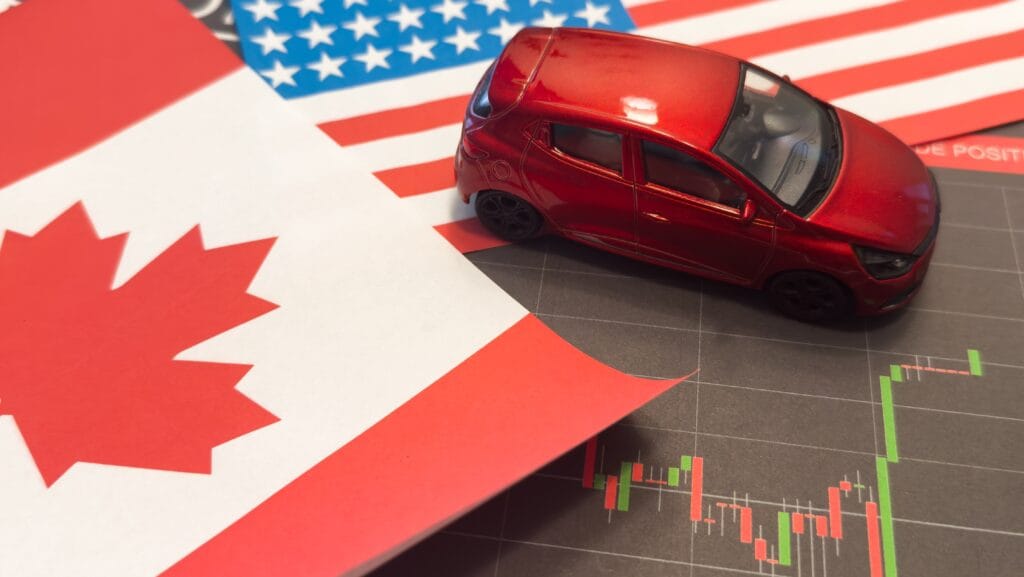With approximately 75% of vehicles sold in Canada being imported, automotive tariff policies generate significant public discussion and misinformation. Trade policy complexities often lead to widespread misconceptions among consumers, industry professionals, and media coverage. Buckle up as we dive into 22 of Canada’s biggest myths surrounding auto tariffs.
Myth: Tariffs are just another sales tax.
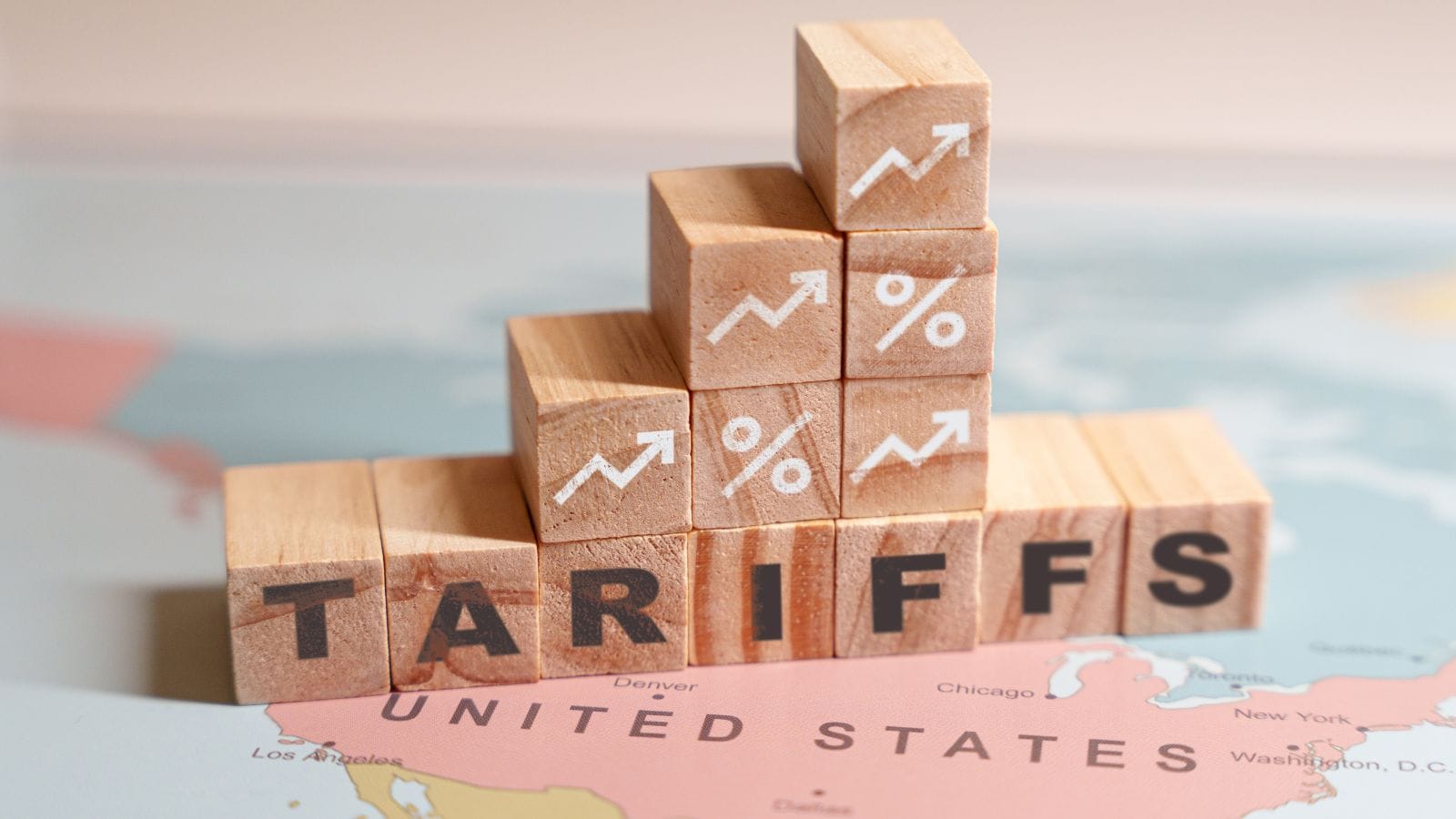
Contrary to popular belief, tariffs aren’t paid by foreign automakers. Consumers pay them. When Canada imposes auto tariffs (or retaliates against U.S. ones), it acts like a hidden sales tax. For example, a 25% tariff on imported vehicles could increase the price of a $40,000 car by $10,000 before dealer fees or HST. According to the Canadian Vehicle Manufacturers’ Association, these costs are passed down the supply chain directly to buyers. And unlike GST, which supports public services, tariff revenue often disappears into general coffers or fuels trade wars. That’s one “myth” we can safely drive into the scrapyard.
Myth: Canadian-made vehicles won’t be affected.

That’d be nice, wouldn’t it? But unfortunately, most “Canadian-made” vehicles are made with parts from the U.S., Mexico, and overseas. Tariffs on components mean even a car built in Ontario could get pricier if its engine or transmission comes from abroad. This framework, however, benefits manufacturers like Canada Goose, which produces approximately 75% of its products domestically, thereby avoiding significant tariff-related disruptions. However, the broader Canadian auto industry faces challenges.
Myth: Tariffs will protect Canadian auto jobs.

In theory, yes. In practice? Less so. While auto tariffs may sound like job savers, the reality is far more complicated. Canada’s auto industry is deeply integrated with global supply chains, especially across the U.S.-Mexico-Canada Agreement (USMCA) zone. According to the Canadian Vehicle Manufacturers’ Association, over 75% of vehicles made in Canada are exported, primarily to the U.S. Tariffs risk retaliation, reducing export demand and potentially leading to job losses, not gains.
Myth: The consumer will be protected from price hikes.

This myth doesn’t hold up under scrutiny. If tariffs are imposed on imported vehicles or parts, automakers and dealers won’t absorb the full brunt: They’ll pass costs to consumers. According to the Canadian Automobile Dealers Association (CADA), tariffs as low as 25% could add $5,000 to $10,000 to the price of an average vehicle. With over 75% of vehicles sold in Canada being imported or made with imported parts, the impact is widespread. Even domestic brands often rely on foreign components, meaning few models would escape price hikes.
Myth: It only affects luxury cars.

Do you think auto tariffs only target luxury rides like BMWs and Benzes? Think again. Proposed tariffs on imported vehicles and parts would impact a wide range of models sold in Canada, many of which are everyday family staples. According to the Canadian Vehicle Manufacturers’ Association (CVMA), over 75% of vehicles sold in Canada are imported or rely on imported parts. That includes popular models like the Toyota RAV4 (built in Japan and Ontario), Honda CR-V (often imported from the U.S. or Mexico), and even the budget-friendly Hyundai Elantra.
Myth: Tariffs help the economy.
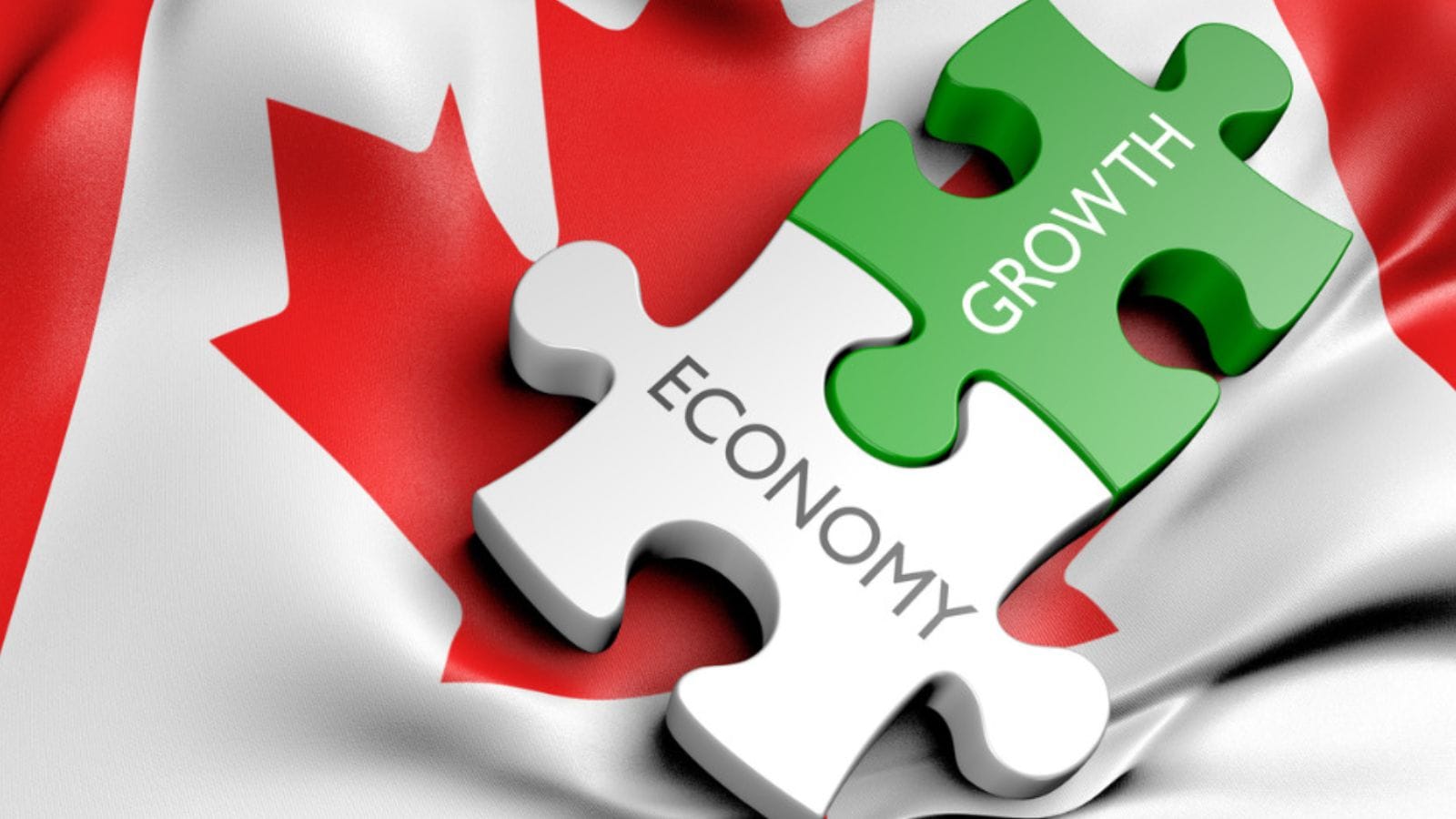
Which economy? Because it’s a mixed bag. While domestic industries may see short-term gains, consumers and industries reliant on trade (hello, auto dealerships and repair shops) often take a hit. Supply chain disruptions worsen the issue, mainly as Canada imports key components. While some argue tariffs safeguard Canadian manufacturing, only about 1 in 5 vehicles sold here are made domestically, per Statistics Canada. Increased costs hurt dealerships, reduce sales, and risk job losses. Bottom line: Tariffs might sound patriotic, but in practice, they hit consumers hardest, right in the wallet.
Myth: Automakers have huge profit margins and can handle it.

That’s cute. Most automakers operate on razor-thin margins, especially in competitive segments like sedans and SUVs. Meanwhile, Canadian consumers face some of the world’s highest vehicle prices. Automakers often increase MSRPs annually, well above inflation, so blaming tariffs alone oversimplifies the issue. And, with billions in reserves, global scale, and the ability to shift production, automakers are equipped to manage cost pressures. In truth, they may pass on only a portion, if any, of tariff-related costs, especially if public backlash or competition pressures them to hold the line.
Myth: The government collects big bucks from tariffs.

True, but not the whole story. Tariffs are like charging admission at a party and then wondering why no one showed up. While some believe this protects Canadian jobs, many “foreign” cars are assembled in North America, skirting the tariff altogether. Meanwhile, added costs are passed directly to consumers. A $40,000 car from Europe could cost over $2,400 more just from tariffs, not including markups. And while Ottawa pockets the cash, consumers pay the price. Worse yet, if trade disputes escalate (like potential retaliatory tariffs with the U.S. or China), shoppers could see thousands tacked onto their dream ride.
Myth: Tariffs only apply to complete vehicles.

Many tariffs also apply to parts. According to Global Affairs Canada and the Canadian Vehicle Manufacturers’ Association, a tariff on complete vehicles could raise prices by 5–20%, depending on the model and origin. Most affected? Vehicles imported from countries without trade agreements, like South Korea or Germany. Meanwhile, cars built in North America (especially in Canada or under USMCA protection) may see minimal impact. CBC reports that automakers could shift production or reduce supply to mitigate losses, but the consumer will likely feel the sting.
Myth: Tariffs are a long-term solution.

Tariffs on vehicles are often pitched as a long-term solution to protect Canadian jobs and boost domestic manufacturing, but the reality is more complex. First, tariffs increase consumer prices rather than stimulate significant local production. According to the Canadian Vehicle Manufacturers’ Association, tariffs on imported vehicles can raise costs by up to 6%, directly hitting buyers at the dealership. Second, automotive supply chains are global; imposing tariffs disrupts these networks, potentially leading to job losses rather than gains in Canada. It’s the economic equivalent of using duct tape on a leaky tire.
Myth: U.S. tariffs won’t affect Canada.
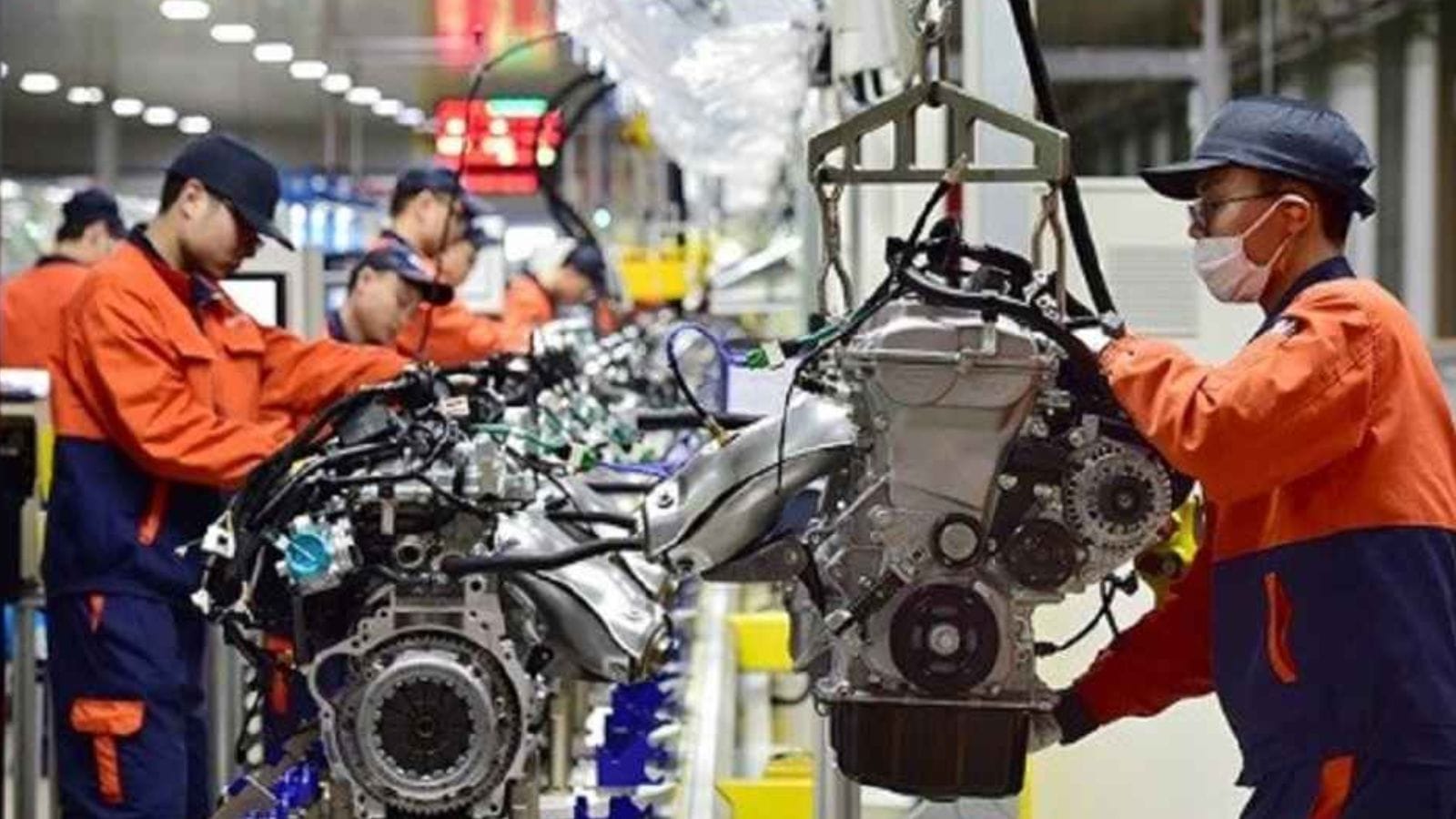
Nice try. Canada’s auto industry is deeply integrated with the U.S. A tariff war south of the border means parts and vehicles cross a more expensive border, even if you’re buying from a Canadian dealership. Also, indirect effects, like supply chain disruptions or manufacturing shifts, could cause minor delays or changes in model availability. However, industry experts confirm that Canadian buyers need not worry about direct tariff costs that much. For example, the Canadian Vehicle Manufacturers’ Association has clarified that U.S. tariffs are a U.S. problem, not a Canadian one.
Myth: We can buy more Canadian cars

Sure, eh? Just toss a few more Canadian-built cars in the cart next to the maple syrup and call it a day. But here’s the kicker: there aren’t that many “Canadian” cars. Most vehicles built in Canada are made by foreign companies (hi, Honda, and Toyota!), and over 90% of them are exported—mainly to the U.S. Tariffs on imported autos could make parts more expensive, driving up costs even for cars assembled here. And guess what? Your beloved “Canadian” ride might be built with parts from six different countries. You can’t exactly conjure a Canadian-made sports car if you’re craving a Camaro.
Myth: Tariffs have nothing to do with politics.
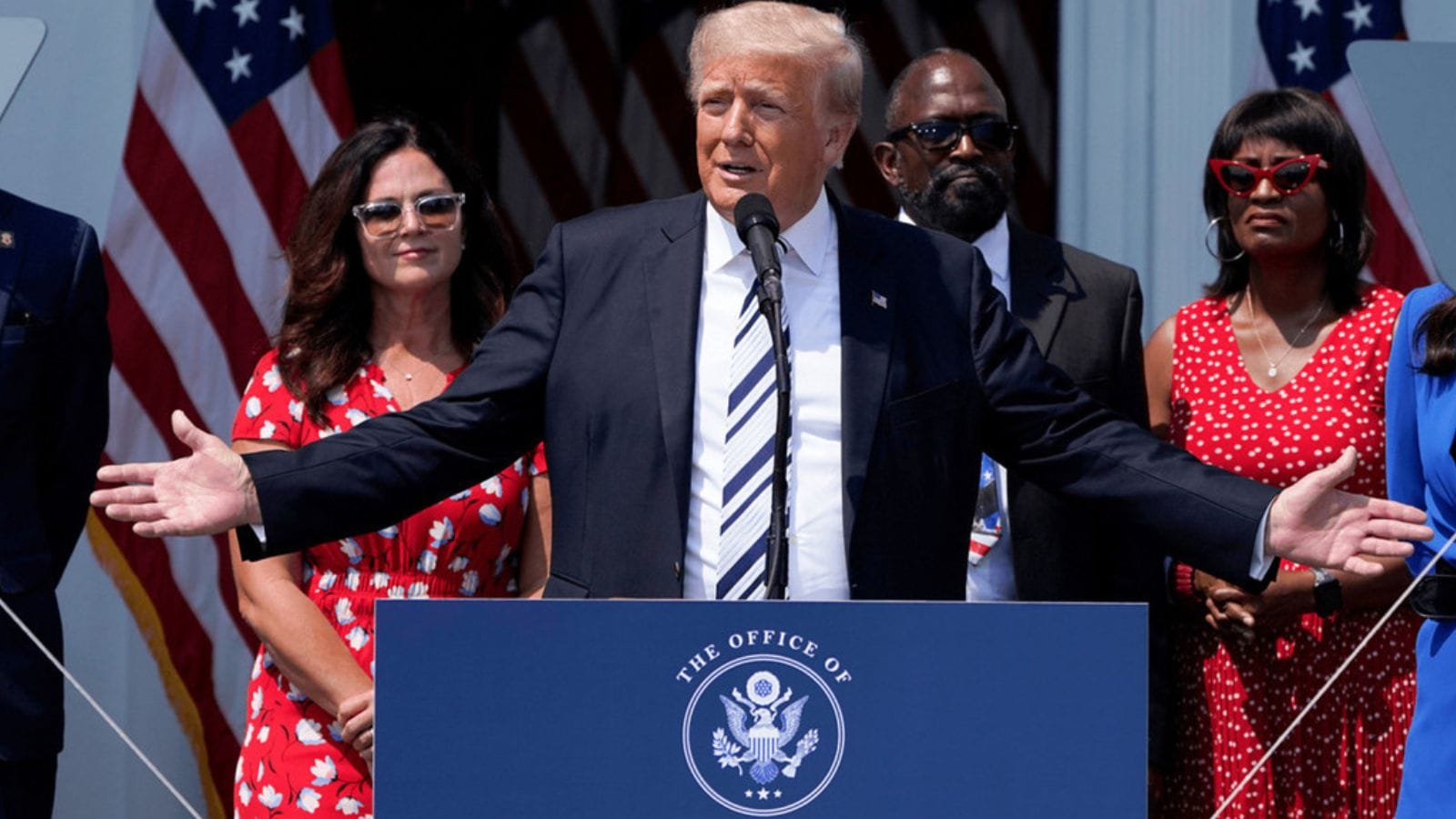
Governments use tariffs like chess pieces in international trade disputes, economic pressure tactics, or to appease local industries (ahem, votes). For example, when the U.S. threatens auto tariffs on Canada, it’s less about your Honda Civic and more about flexing muscle over trade agreements (hello, USMCA). So yes, there’s always a political agenda idling under the hood.
Myth: Used car prices won’t change.
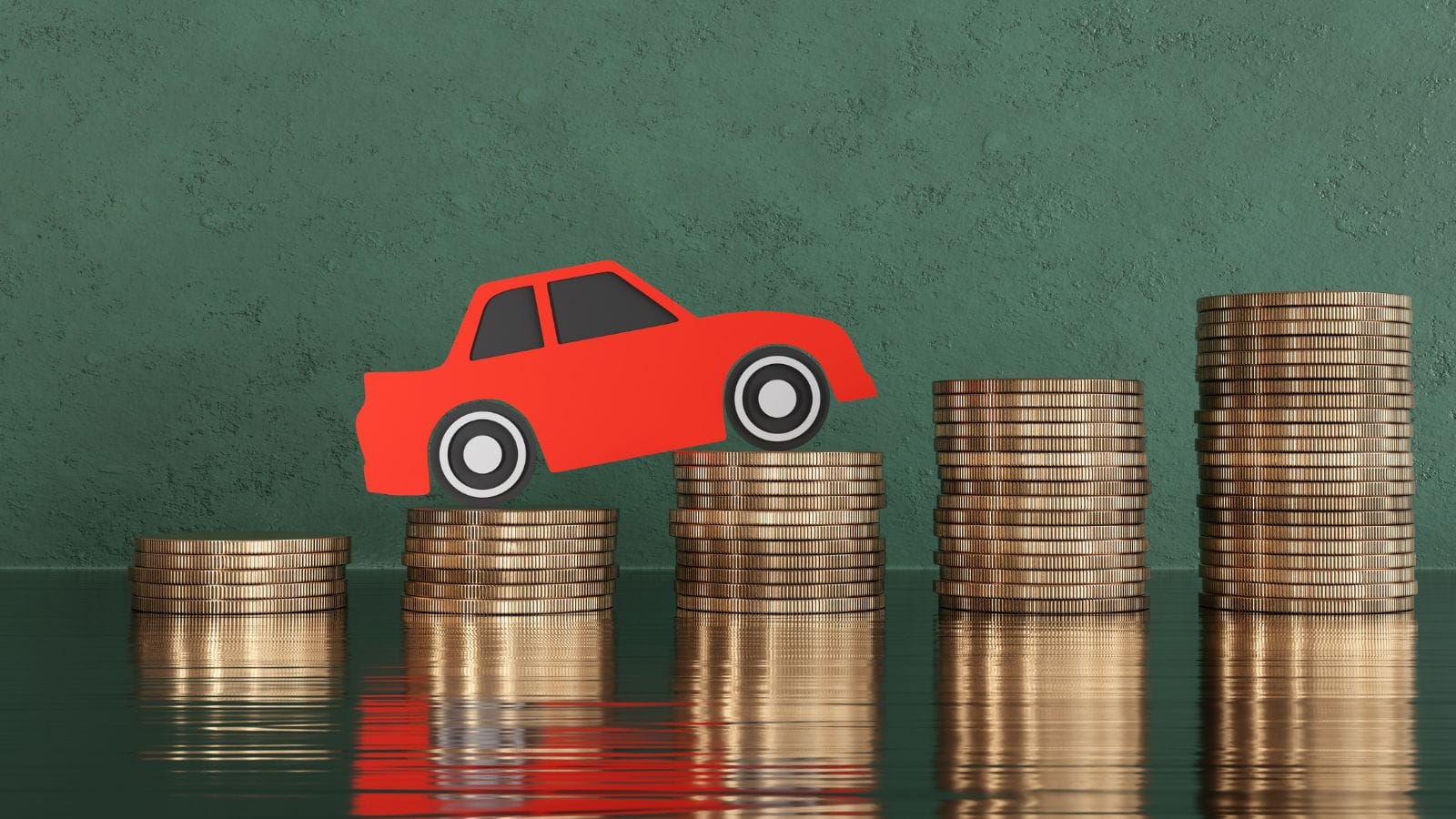
If only used car prices were as stable as your grandma’s Buick. But auto tariffs can make those prices vroom right up. When tariffs are slapped on imported parts or vehicles, guess who foots the bill? (Hint: it’s not the dealership dog.) Increased costs trickle down like spilled coffee on a beige seat cover, affecting all cars, even pre-owned ones. According to the Canadian Vehicle Manufacturers’ Association, tariffs could boost new car prices by thousands. This, in turn, drives more people to buy used cars, hiking demand and prices.
Myth: EVs are immune to tariffs.

Electric vehicles (EVs) are not wrapped in some magical anti-tariff bubble. While they may be exempt from specific green-friendly incentives, EVs can still get zapped by tariffs, just like their gas-guzzling cousins. Take Canada’s 6.1% Most-Favored-Nation (MFN) tariff: unless there’s a free trade agreement in place (like CUSMA with the U.S. and Mexico), EVs from other countries (yes, China, we’re looking at you) face full tariff force. In 2023, Canada imported over 45,000 EVs from non-CUSMA countries.
Myth: Tariffs create a level playing field.

Maybe on paper, but the idea that tariffs “level the playing field” is like claiming maple syrup makes you invincible. It’s sweet but totally false. The real winners? Lobbyists and inefficient manufacturers. The losers? You, your wallet, and economic common sense. According to the C.D. Howe Institute, auto tariffs could cost the average Canadian household over $1,000 annually. That’s a lot of poutines. Worse, the Automotive Parts Manufacturers’ Association warns such tariffs could throttle 100,000+ jobs.
Myth: Consumers can switch to public transit.

Sure, if you live in Toronto, Vancouver, or Montreal. But for folks in rural Alberta or suburban Halifax, public transit isn’t exactly door-to-door. Car ownership isn’t always a luxury; for many, it’s a lifeline to work, school, or Timmy’s at 6 a.m. Auto tariffs jack up vehicle costs and hurt everyone, especially low-income Canadians who rely on affordable used cars. So, no, switching to transit isn’t like changing socks.
Myth: Tariffs won’t change consumer behavior.
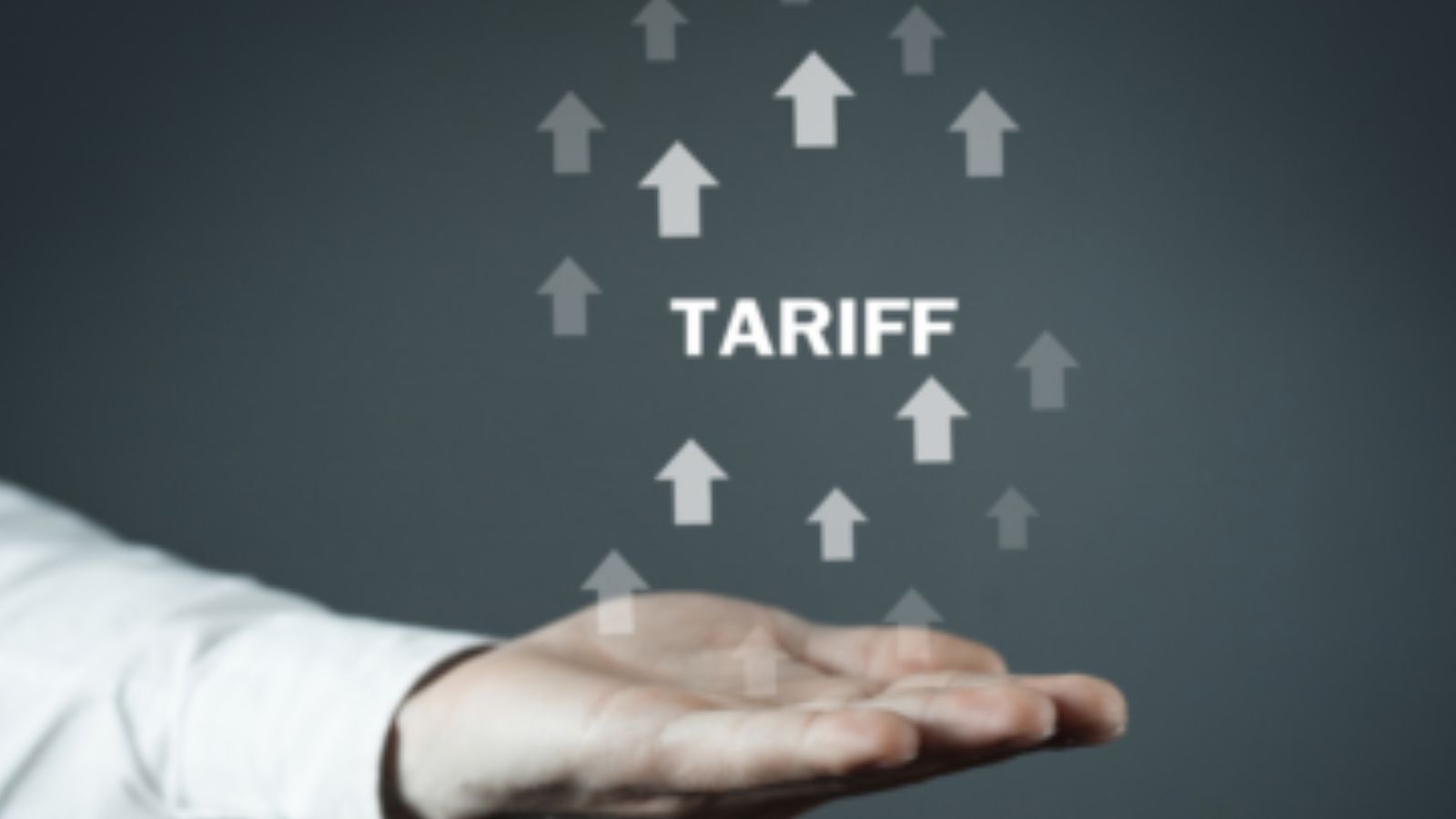
When Canada slaps a tariff on imported autos, automakers don’t just eat the cost like it’s free buffet night. Nope, they pass it along faster than a hot potato. A 25% tariff on a $30,000 car? That’s $7,500 extra: Enough to make you rethink that shiny new ride. Even history backs this up: prices jumped after the U.S. imposed steel tariffs in 2018, and demand dipped. Consumers shifted to cheaper models and used cars or held off on buying.
Myth: Dealers are price-gouging.

Sure, some prices have jumped faster than a moose on espresso, but blaming dealers for gouging is like blaming your barista for a global coffee shortage. The real culprits? A tangled mess of supply chain chaos, microchip shortages, pandemic-era slowdowns, and auto tariffs. According to Statistics Canada and the Canadian Vehicle Manufacturers’ Association, production costs have surged, squeezing margins tighter. Dealers operate on fixed profit margins (typically 2–5%), so they’re not swimming in gold coins like Scrooge McDuck. Many are struggling to get enough inventory, let alone overcharge for it.
Myth: The Canadian government will always offset tariffs with subsidies.
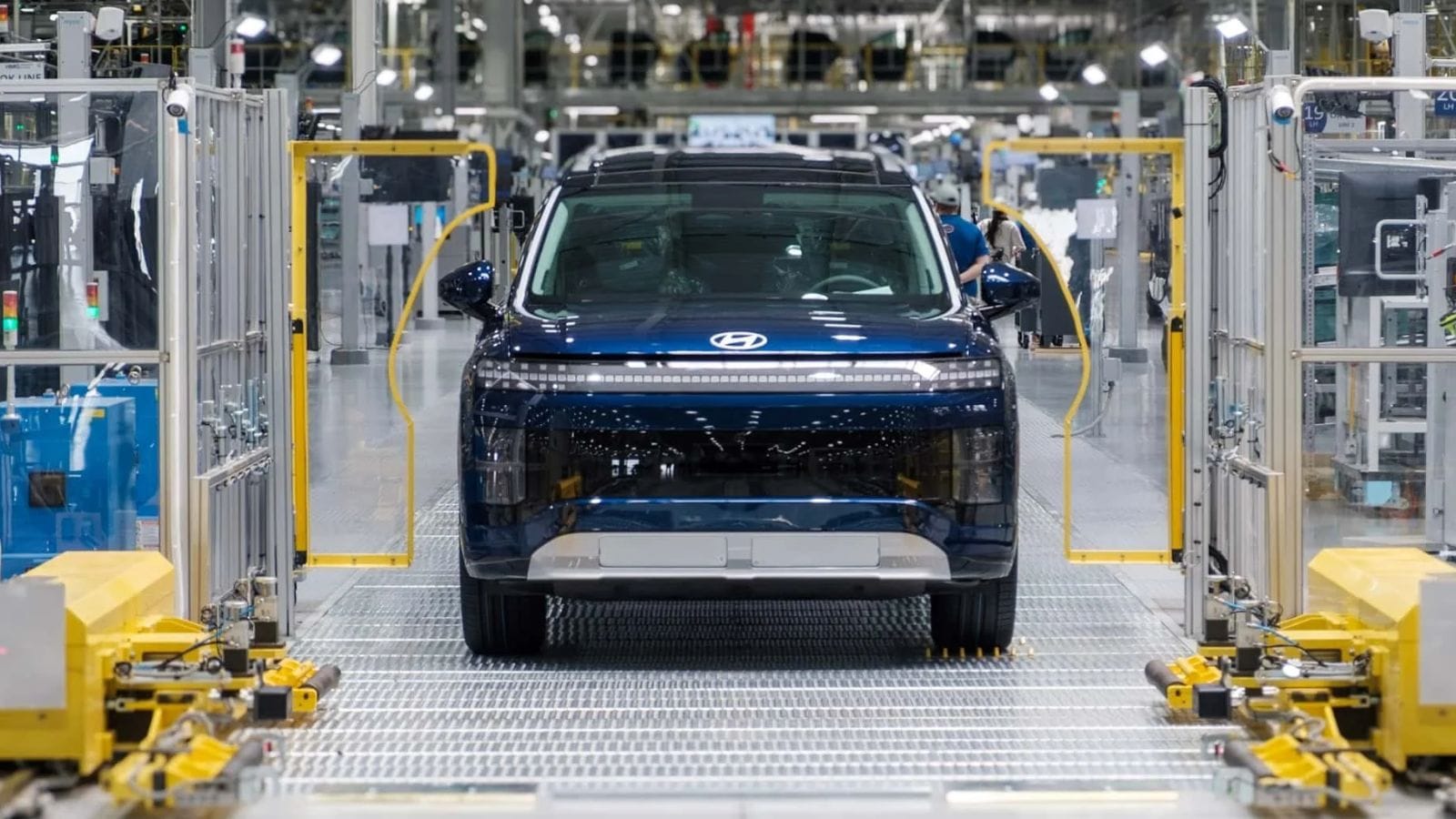
While subsidies can be offered to help industries cope, they’re not guaranteed, especially for consumers. If auto tariffs roll in, the costs often get passed down faster than a puck in a Leafs game. According to the Parliamentary Budget Officer, U.S. auto tariffs could cost Canadian families billions, and only a portion might be cushioned through federal support. And don’t forget that subsidies come from taxpayer dollars. So, while you might get help buying that sedan, you’re still paying for it.
Myth: Tariffs will stop at autos.

Reality check: Once tariffs land on autos, they’re throwing a party and inviting electronics, steel, aluminum, and even furniture. Remember, tariffs rarely RSVP with a “just this once” attitude. Canada’s auto tariffs are just the tip of a pricey iceberg. Fact: The 10% tariff on autos isn’t an isolated drama; it’s a domino effect. Steel and aluminum tariffs hit hard first, boosting production costs for all sorts of goods. Plus, some tariff sneak-ins on parts and raw materials spike prices downstream.
Myth: Tariffs are simple.
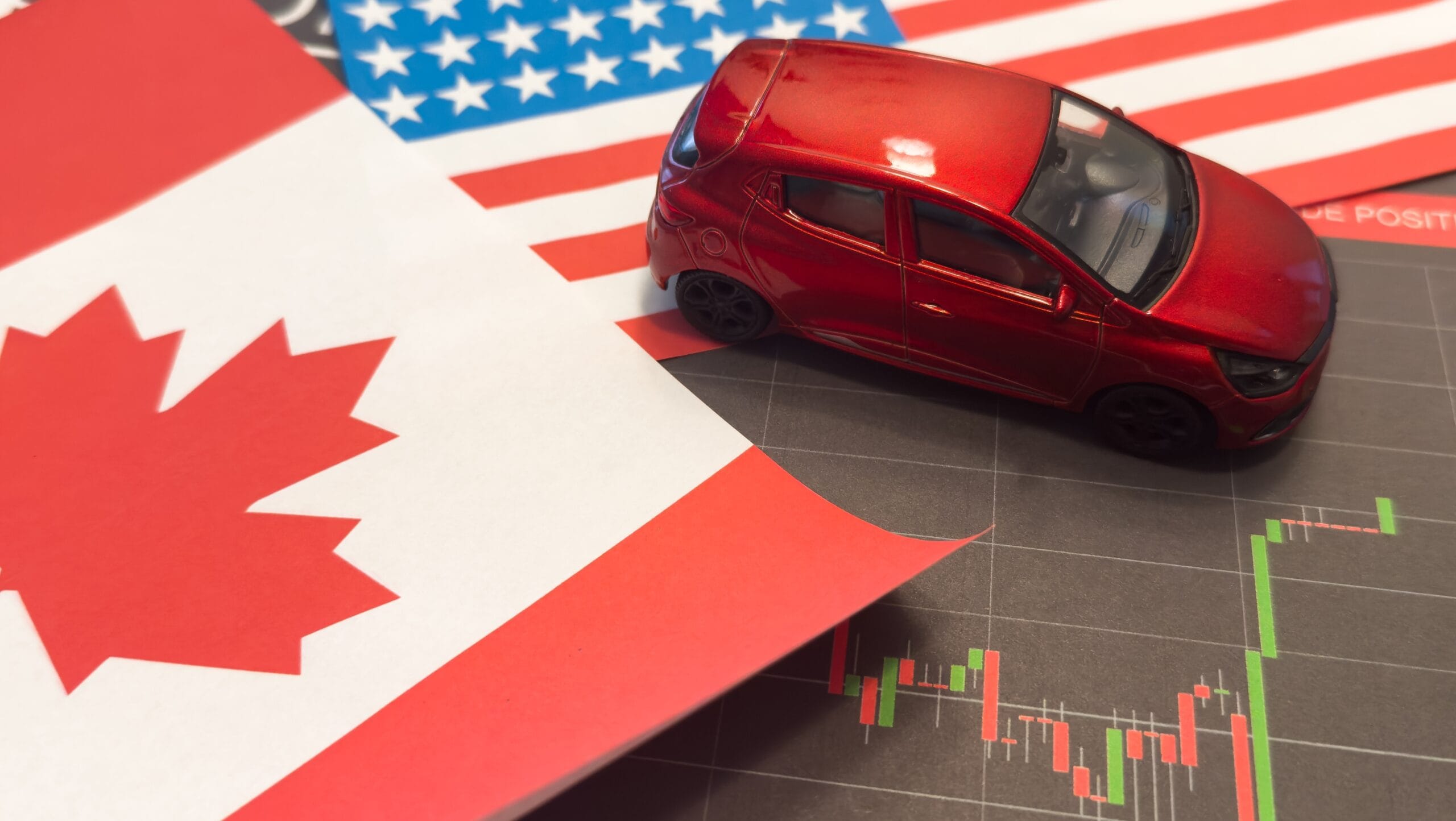
Are tariffs just a straightforward tax on cars crossing the border? Think again! Tariffs are like a tangled traffic jam of rules, exceptions, and sneaky loopholes. For example, Canada slapped a 6.1% tariff on U.S.-made light trucks in 2018, but it’s not as simple as “U.S. truck = taxed.” If a vehicle meets specific North American content rules, tariffs might vanish faster than a maple syrup pancake at brunch. And guess what? Tariffs can bump prices, but they’re just one piece of the puzzle. Exchange rates, supply chain hiccups, and dealer markups play their part too.
22 Times Canadian Ingenuity Left the U.S. in the Dust

When people think of innovation, they often picture Silicon Valley. However, Canada has a history of innovation, too. Whether it’s redefining sports, revolutionizing medicine, or just showing America up at its own game, Canadian inventors, thinkers, and dreamers have had their fair share of mic-drop moments. Here are 22 times Canadian ingenuity left the U.S. in the dust.
22 Times Canadian Ingenuity Left the U.S. in the Dust
